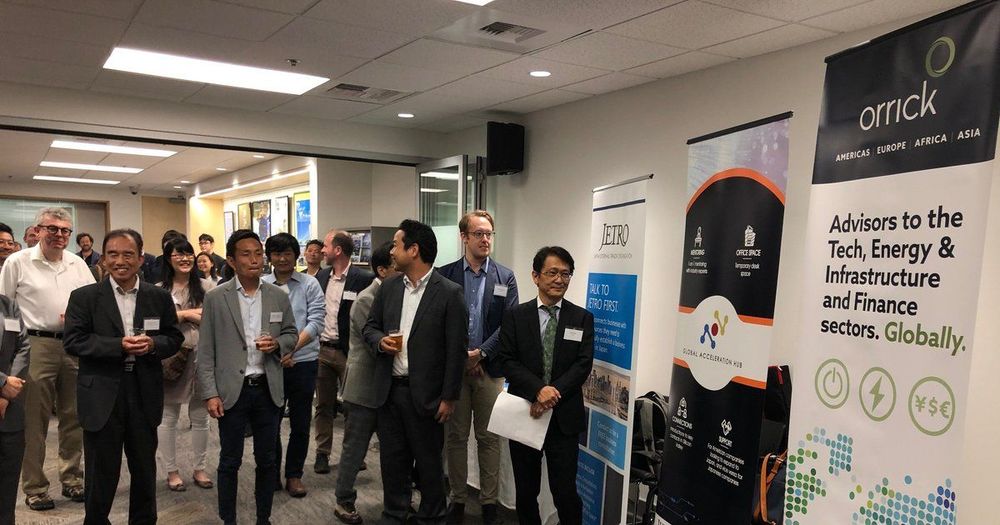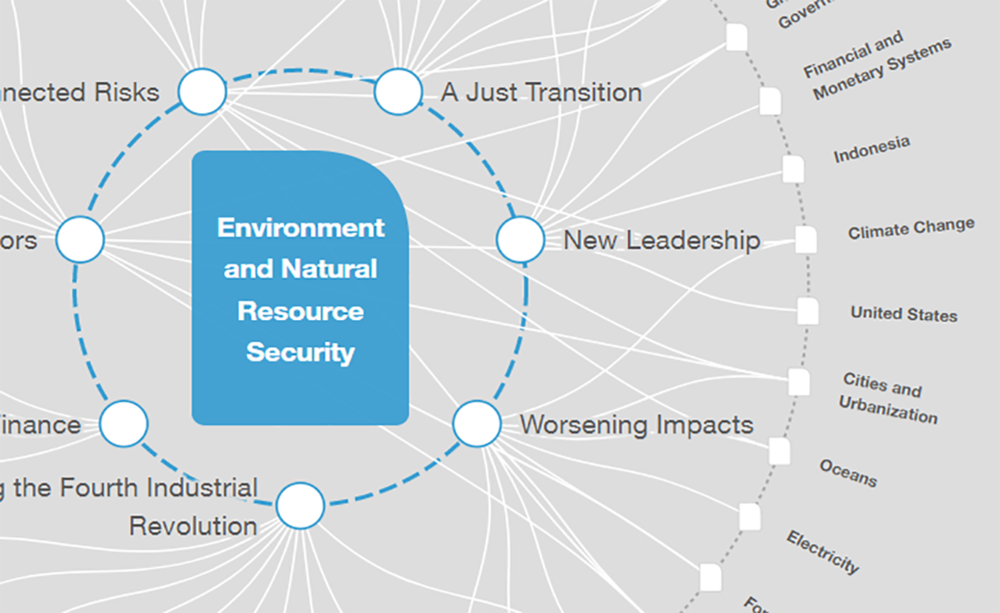Archive for the ‘business’ category: Page 203
Jul 28, 2019
10 insights from my first 5 episodes of The Ageless Starman podcast
Posted by Paul Battista in categories: biotech/medical, business, life extension, robotics/AI
1. The 4 main things happening in Hyperbaric oxygen treatment: 1.- A decrease of inflammation 2.- An increase in the amount of oxygen in circulation and reversing hypoxia. 3.- Stimulate the release of stem cells from the brain along with the bone-derived stem cells. 4.- Kill infection. Why it matters for regenerative and dementia treatment? Listen to Dr. Scott Sherr explaining in detail in http://www.mendelhaim.com/podcast/2. For more information on Dr. Scott’s work go to https://www.hyperbaricmedicalsolutions.com/integrative-hbot/scott-sherr.
2. Raising money for academic research is a hard point, according to all of my guests, but even when we talk about Hyperbaric treatment there is a lack of money and the number of chambers declines in u.s. In Israel by the way, the demand is increasing and it takes a few months waiting in lines to start getting the treatment, this can turn into a big business opportunity in my opinion as to the risk for such research on participants is not as big as other medical research.
3. Longevity investment is a relatively new field and is lack of a method to invest by, the Three criteria that Sergey Young from the Longevity Vision Fund examine before investing in new companies are 1- will the product be affordable to touch millions of people’s lives and not only help the rich. 2- Looking for sectors that enjoy the technological exponential development paste such as AI, early diagnostics, stem cells, warbles, and organ transplants. 3 — Network, if you are a new startup and trying to raise from The Longevity vision fund, question yourself before, Do you have partners that can market your product such as big pharma or health care chain or a big manufacturer, do you collaborate with the best academic institutes in the longevity research. Go listen to the full episode Mission Alpha with Sergey Young on http://www.mendelhaim.com/podcast/3
Jul 28, 2019
AI event in Seattle brings together Japanese companies and U.S. innovators
Posted by Genevieve Klien in categories: business, economics, ethics, governance, robotics/AI
Seventy-five people filed into a Washington State Convention Center meeting room Wednesday to hear about the latest advancements in artificial intelligence. In a pitching session reminiscent of a speed-dating event, about 10 Northwest startups hurriedly shared their accomplishments and aspirations with Japanese investors eager to stoke business relationships.
Master of ceremonies Tom Sato, co-founder of Kirkland-based investing firm Innovation Finders Capital, lightened the mood by cracking jokes as he translated the English-speaking founders’ business plans into Japanese, cautioning the attendees that he faced a challenge: “I have to understand what the hell they’re talking about.”
The A.I. Age | This 12-month series of stories explores the social and economic questions arising from the fast-spreading uses of artificial intelligence. The series is funded with the help of the Harvard-MIT Ethics and Governance of AI Initiative. Seattle Times editors and reporters operate independently of our funders and maintain editorial control over the coverage.
Jul 28, 2019
An Israeli Scientist Paves the Way to Alzheimer’s Cure, One Algorithm at a Time
Posted by Paul Battista in categories: biotech/medical, business, chemistry, information science, neuroscience
Scientists at work in laboratory. Photo: Public domain via Wikicommons.
CTech – When chemistry Nobel laureate Michael Levitt met his wife two years ago, he didn’t know it would lead to a wonderful friendship with a young Israeli scientist. When Israeli scientist Shahar Barbash decided to found a startup with the aim of cutting down the time needed to develop new medicine, he didn’t know that a friend’s wedding would help him score a meeting with a man many want to meet but few do. But Levitt’s wife is an old friend of Barbash’s parents, and the rest, as they say, is history.
One of the joys of being an old scientist is to encourage extraordinary young ones, Levitt, an American-British-Israeli biophysicist and a professor at Stanford University since 1987, said in a recent interview with Calcalist. He might have met Barbash because his wife knew his family, but that is not enough to make him go into business with someone, Levitt said. “I got on board because his vision excited me, even though I thought it would be very hard to realize.”
Jul 28, 2019
Jack Ma’s $290 Billion Loan Machine Is Changing Chinese Banking
Posted by Derick Lee in categories: business, economics, finance, mobile phones
The financial-technology boom that turned China into the world’s biggest market for electronic payments is now changing how banks interact with companies that drive most of the nation’s economic growth. As MYbank and its peers crunch reams of new data from payment systems, social media and other sources, they’re growing more comfortable with smaller borrowers that they previously shunned in favor of state-owned giants.
Jack Ma’s online bank is leading a quiet revolution in the way China lends to small businesses, taking aim at a credit bottleneck that has held back Asia’s largest economy for decades.
Using real-time payments data and a risk-management system that analyzes more than 3,000 variables, Ma’s four-year-old MYbank has lent 2 trillion yuan ($290 billion) to nearly 16 million small companies. Borrowers apply with a few taps on a smartphone and receive cash almost instantly if they’re approved. The whole process takes three minutes and involves zero human bankers. The default rate so far: about 1%.
Continue reading “Jack Ma’s $290 Billion Loan Machine Is Changing Chinese Banking” »
Jul 25, 2019
Seabed mining is coming — bringing mineral riches and fears of epic extinctions
Posted by Derick Lee in categories: business, existential risks, sustainability, transportation
Now, it seems this nascent industry’s time has come. A growing demand for batteries to power electric cars and to store wind and solar energy has driven up the cost of many rare-earth metals and bolstered the business case for sea-bed mining. What’s more, the industry’s long-awaited regulations — in the form of a mining code — are due to be finalized by 2020, putting in place a process whereby contractors can apply for 30-year licences to mine assigned ‘claim areas’ in parts of the international sea bed such as the CCZ. Already, miners are exploring the potential wealth of these claim areas, but no commercial extraction will begin until the regulations are in place. Investments in this industry are now growing.
Plans are advancing to harvest precious ores from the ocean floor, but scientists say that companies have not tested them enough to avoid devastating damage.
Jul 19, 2019
Regenerage International, IIMET, and Bioquark Inc. to Collaborate on Clinical Study in Biologic Age Reversal of Photodamaged Skin
Posted by Ira S. Pastor in categories: aging, bioengineering, biotech/medical, business, chemistry, DNA, genetics, health, life extension, science
https://www.prweb.com/releases/regenerage_international_iime…449142.htm

Jul 13, 2019
Time-like concepts: terminology
Posted by Quinn Sena in categories: business, materials
Time is the indefinite continued progress of existence and events that occur in an apparently irreversible succession from the past, through the present, to the future.[1][2][3] Time is a component quantity of various measurements used to sequence events, to compare the duration of events or the intervals between them, and to quantify rates of change of quantities in material reality or in the conscious experience.[4][5][6][7] Time is often referred to as a fourth dimension, along with three spatial dimensions.[8]
Time has long been an important subject of study in religion, philosophy, and science, but defining it in a manner applicable to all fields without circularity has consistently eluded scholars.[2][6][7][9][10][11] Nevertheless, diverse fields such as business, industry, sports, the sciences, and the performing arts all incorporate some notion of time into their respective measuring systems.[12][13][14]
Time in physics is unambiguously operationally defined as “what a clock reads”.[6][15][16] See Units of Time is one of the seven fundamental physical quantities in both the International System of Units and International System of Quantities. Time is used to define other quantities – such as velocity – so defining time in terms of such quantities would result in circularity of definition.[17] An operational definition of time, wherein one says that observing a certain number of repetitions of one or another standard cyclical event (such as the passage of a free-swinging pendulum) constitutes one standard unit such as the second, is highly useful in the conduct of both advanced experiments and everyday affairs of life.
Jul 11, 2019
ideaXme — Eugene Borukhovich, Global Head, Digital Health Incubation (G4A) at Bayer — Ira Pastor
Posted by Ira S. Pastor in categories: aging, big data, bioengineering, biotech/medical, business, computing, drones, electronics, finance, health

Jul 11, 2019
Blockchain and carbon offsetting can help cities reduce emissions – but sometimes simpler is best
Posted by Brady Hartman in categories: bitcoin, business, climatology, government
Carbon offsetting initiatives have been offered by private companies – including British Airways and Shell – for many years. These voluntary schemes give customers the choice to pay a premium, on the understanding that the company will offset some greenhouse gas emissions. Since carbon offsetting became an option, projects around the world have resulted in a saving of approximately 994m tonnes of carbon dioxide (CO₂) equivalent. But given that global CO₂ levels in 2018 were 33.1Gt, it’s fair to say that a lot more could be done.
The UK could become net zero emissions tomorrow if the government wished, but it would cost the tax payer dearly. In 2017, the UK’s total greenhouse gas emissions were 460m tonnes. If, for example, the government used the Gold Standard offsetting scheme, at an average cost of £10/tonne, that would amount to an astonishing £4.6 billion bill. Most would agree this would be an excessive cost for the government to bear, and anyway the public, private and third sectors should share responsibility for tackling emissions.
Local authorities have an important role to play in meeting this target, given their ability to work with residents, charities and businesses to make meaningful changes at a local level. Some local authorities are leading the way by setting ambitious targets: Liverpool City Council aims to become the UK’s first “climate positive” city by the end of 2020. The council has formed a partnership with a private sector organisation – the Poseidon Foundation – to achieve this through carbon offsetting.















